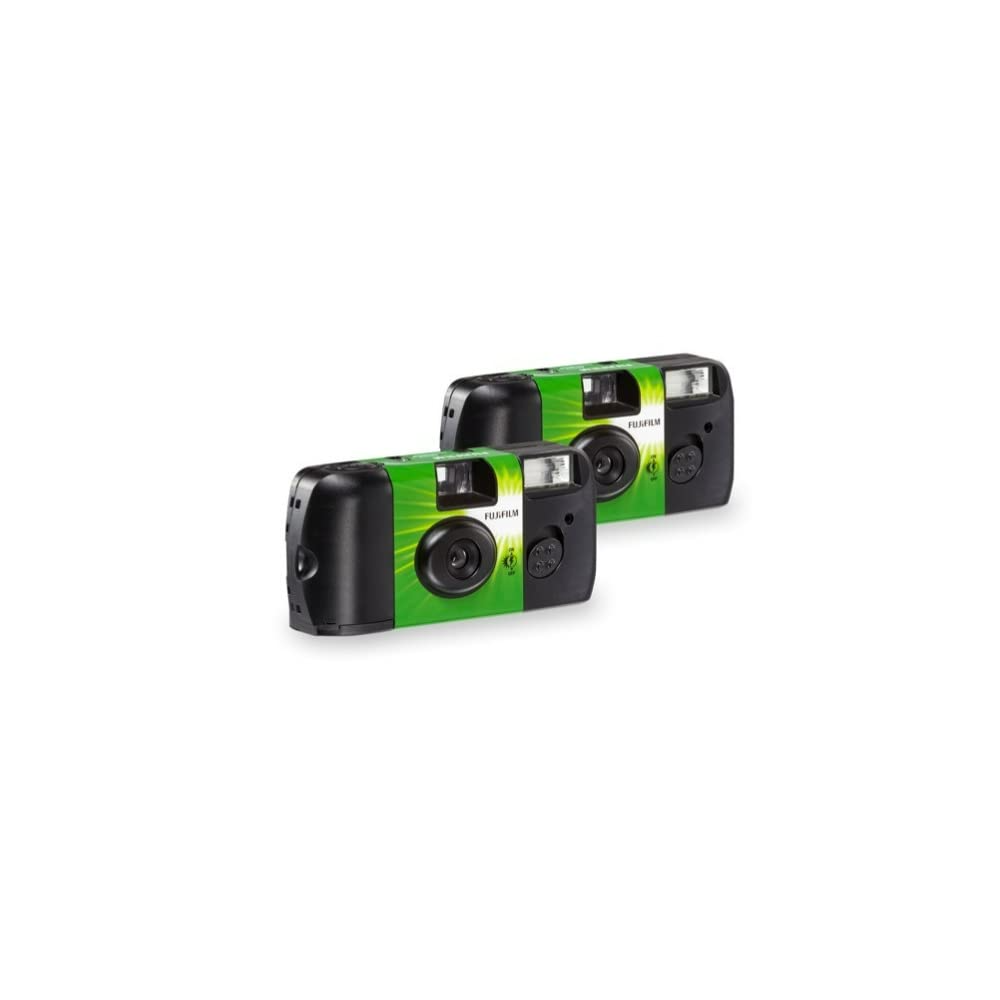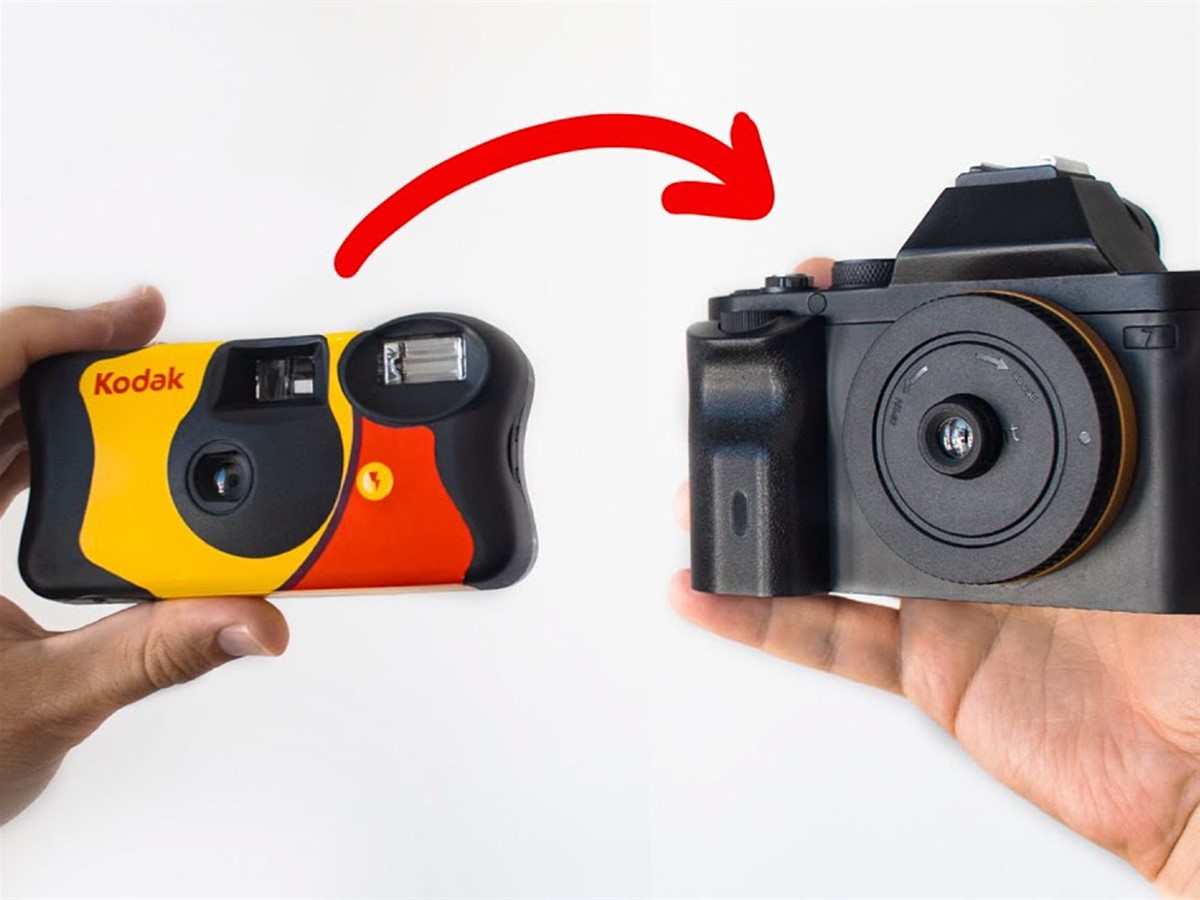Introduction
In an age dominated by digital technology, the disposable camera remains a nostalgic and straightforward tool for capturing memories. Often used for occasions like weddings, parties, or vacations where a simple point-and-shoot approach is desired, these cameras offer a unique charm. This comprehensive guide explores how disposable cameras work, from their design and functionality to the process of developing film.
The Fundamentals of Disposable Cameras
Disposable cameras, also known as single-use cameras, are simple photographic devices preloaded with a roll of film. Designed for one-time use, they are typically made of plastic and are an affordable alternative to more expensive, reusable cameras.
Anatomy of a Single-Use Camera
A typical disposable camera consists of a plastic body, a simple lens, a shutter mechanism, a roll of film, and a built-in flash. Some models might include additional features like waterproof casings or different film types for varied photographic effects.
The Film: Capturing the Image
The heart of any disposable camera is the film—a chemically coated strip that reacts to light. When you take a picture, light passes through the lens and exposes a frame of film, starting the process of capturing an image.
The Lens and Aperture: Directing Light
Disposable cameras come with a fixed-focus lens, made of plastic or glass, which directs light onto the film. The aperture, which is typically a fixed size in single-use cameras, controls the amount of light that enters the camera.
Shutter Speed: Controlling Exposure Time
The shutter in a disposable camera is responsible for how long the film is exposed to light. Since disposable cameras have fixed shutter speeds, they are best suited for general lighting conditions and are not ideal for specialized photography.
The Flash: Illuminating the Scene
Most disposable cameras include a built-in flash powered by a battery. This flash provides additional light when shooting in low-light conditions, ensuring the film is sufficiently exposed to capture a visible image.
Winding and Advancing the Film
After each photograph is taken, the user must manually advance the film using a thumb wheel or a lever. This action prepares the next frame of film for exposure and ensures that each picture is recorded on a fresh section of film.
The Process of Taking a Picture
To take a picture with a disposable camera, you frame your shot, press the shutter release button, and if needed, activate the flash. This simplicity makes disposable cameras accessible to users of all ages and skill levels.
The Journey of Film Development
Once all the photographs have been taken, the entire disposable camera is taken to a photo lab for film development. The lab technicians extract the film and process it using chemicals that reveal and stabilize the images.
The Chemical Reaction in Film Processing
Film processing involves a series of chemical baths that convert the latent images on the film into visible photographs. This process typically includes development, stopping, fixing, and washing stages, each critical for producing high-quality prints.
The Art of Printing Photographs
After developing the film, the next step is to print the photographs. This is done by projecting light through the negatives onto photosensitive paper, which is then processed in a similar chemical fashion to produce physical prints.
The Environmental Impact of Disposal
The convenience of disposable cameras comes with an environmental cost. The materials and chemicals used in the production and development of film can be harmful to the environment, which raises concerns about the sustainability of single-use cameras.
Innovations in Disposable Camera Design
Over the years, there have been innovations in the design of disposable cameras, including the introduction of panoramic formats, waterproof models, and even cameras with built-in digital features.
The Role of Disposable Cameras in Modern Photography
In the digital era, disposable cameras occupy a niche role, often chosen for their unique aesthetic or the tactile experience they provide. They serve as a counterpoint to the instant gratification of digital photography, requiring patience for development and offering a sense of anticipation.
Creative Uses for Disposable Cameras
Creatives and artists sometimes choose disposable cameras for specific projects or to achieve a certain lo-fi aesthetic. Their inherent limitations can inspire photographers to think outside the box and push the boundaries of their creativity.
Disposable Cameras at Events and Celebrations
The Allure of Instant Memories in Your Pocket
Disposable cameras, with their compact and convenient design, offer event-goers the chance to capture memories without the fear of damage or loss associated with more expensive equipment. This simplicity translates to more candid shots and a genuine portrayal of the event’s atmosphere.
A Collective Photographic Experience
At weddings, parties, and other social gatherings, disposable cameras are often distributed to guests to encourage a collective effort in documenting the event. This democratic approach to photography allows for a multitude of perspectives and candid moments that might otherwise be missed by a professional photographer.
The Tangible Nature of Film Photography
In a world saturated with digital images, the tactile nature of film processed from disposable cameras provides a refreshing change. The anticipation of waiting for the photos to be developed adds to the excitement, creating a sense of nostalgia and lasting impact that digital images often lack.
A Touch of Nostalgia on the Table
Placing disposable cameras on tables at an event adds a vintage or retro feel, invoking nostalgia and sparking conversation. They serve as icebreakers and can encourage guests to interact with each other as they snap away.
Unplugging from the Digital World
Encouraging the use of disposable cameras at events can help guests disconnect from their smartphones and be more present. It allows them to engage with the environment and the celebration without the distraction of digital devices.
Embracing the Unpredictability of Film
The unpredictable nature of film—where lighting conditions and camera angles can yield unexpected results—adds an element of surprise to the photographs taken with disposable cameras. This unpredictability can result in unique and memorable images that stand out from the uniformity of digital photos.
The Candid Side of Celebrations
Disposable cameras excel in capturing unguarded moments, as their presence is less intimidating than larger, more professional cameras. This can lead to more relaxed and natural expressions in photos, truly capturing the essence of the celebration.
The Revival of Analog Photography
There is a growing trend of revival in analog photography, with disposable cameras playing a significant role. Enthusiasts appreciate the distinct look of film and the hands-on process of taking and developing pictures.
Handing the Camera in for Processing
Once you’ve used all the available frames on a disposable camera, the next step is to bring it to a photo lab for processing. It’s essential to handle the camera carefully to prevent accidental exposure to light, which could damage the film.
The Charm of Film Photography
Despite the dominance of digital cameras, film photography, including the use of disposable cameras, has retained a dedicated following. Many people cherish the tactile experience and the organic quality that film brings to photographs.
The Future of Disposable Cameras
Looking ahead, disposable cameras may continue to find a place in an increasingly digital world. Whether through eco-friendly advancements or a sustained interest in film photography, these simple devices have the potential to remain relevant and beloved.
Conclusion: The Enduring Appeal of Disposable Cameras
Disposable cameras remind us of a time when photography was more about the moment than the technology. Their straightforward design, ease of use, and the excitement of waiting for developed photos continue to endear them to users around the world. Whether used for practical reasons or as a creative choice, the single-use camera stands as a testimony to the enduring appeal of film and the magic of capturing life’s fleeting moments.





